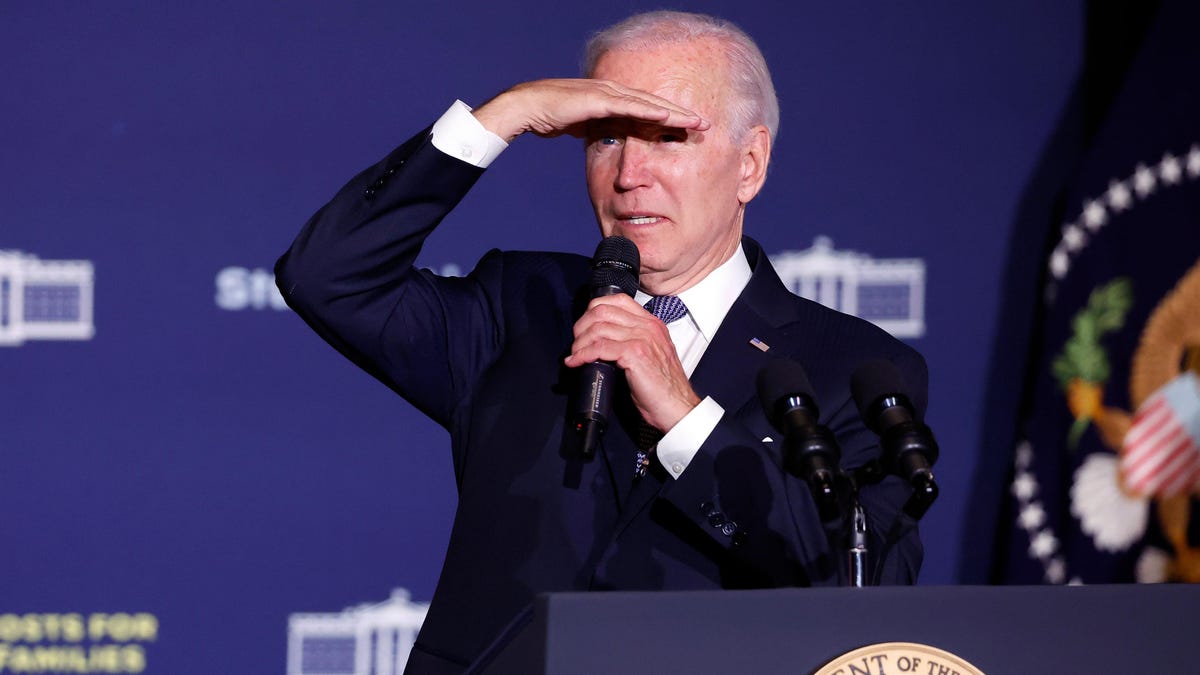
Borrowers whose student loan repayments were set to restart in the new year just got a few more months of breathing room.
The pause on student loan repayment, interest, and collections, which would’ve been up on Dec. 31, is being extended, the US Department of Education (DoE) announced yesterday (Nov. 22).
The moratorium was meant to coincide with the Biden administration’s student loan forgiveness plans for millions, which would shave off up to $20,000 for each eligible borrower. But Republican backlash and legal action has led to several lower courts blocking the debt relief program. The Biden administration has asked the Supreme Court to review the decisions. In a video message, president Joe Biden said he’s “completely confident” his plan is legal.
Payments will resume 60 days after the department is permitted to implement the program or the litigation is resolved, the press release stated. If neither happens by June 30, 2023, payments will resume 60 days after that.
Brief timeline of the student loan forgiveness program
Aug. 24: Targeted student debt relief program is announced—up to $10,000 for borrowers with annual income during the pandemic of under $125,000 (for individuals) or under $250,000 (for married couples or heads of households), and up to $20,000 for Pell Grant recipients.
Oct. 17: StudentAid.gov goes live, letting borrowers submit applications for loan forgiveness.
Oct. 21: The 8th Circuit Court of Appeals issues a stay on the debt relief plan.
Nov. 10: After Texas judge Mark Pittman, who was appointed by former President Donald Trump, blocks the program, the education department stops taking more applications for loan forgiveness. Applications that have already been submitted are on hold.
Nov. 14: The 8th US Circuit Court of Appeals in St. Louis issued a nationwide injunction extending the temporary block.
Nov. 18: The Biden administration asks the Supreme Court to lift the nationwide injunction barring the program.
Nov. 22: The Biden administration extends the pause on repayments while awaiting a decision from the apex court.
The education secretary on extending the student loan repayment pause
“We’re extending the payment pause because it would be deeply unfair to ask borrowers to pay a debt that they wouldn’t have to pay, were it not for the baseless lawsuits brought by Republican officials and special interests,” —US Secretary of Education Miguel Cardona
Student loan forgiveness, by the digits
$400 billion: Size of the student loan forgiveness program
26 million: People who’ve provided the DoE with the necessary information to be considered for debt relief
16 million: Borrowers who’d been approved for debt forgiveness before the education department temporarily stopped accepting applications
8: Times the Biden administration has extended the pause on student loan repayments.
225: Organizations led by the Student Borrower Protection Center who called on Biden to extend the pause to avoid throwing “millions of borrowers into financial catastrophe” in a Nov. 21 letter
6: Republican-led states—Nebraska, Missouri, Arkansas, Iowa, Kansas and South Carolina—that sought to block the debt relief plan.
$1.5 trillion: How much student borrowers owe the US government.
Criticism for Biden’s student debt relief plans
Republicans argue the program, which is still relatively small considering the overall student debt burden, needs to be shelved because it is ethically wrong to leave out Americans who’ve already paid off debt, and it will make inflation worse. While much of the GOP’s backlash is politically motivated, some of the concerns have been validated by think tanks:
📈 The program will cost more than double the amount saved through the climate and tax Inflation Reduction Act, “completely eliminating any disinflationary benefit from the bill,” according to nonprofit and nonpartisan organization Center for a Responsible Federal Budget.
💰 Almost a third of all student debt is owed by the wealthiest 20% of households and only 8% by the bottom 20%, an analysis by liberal-leaning Brookings Institution found.
💸 This way of canceling student debt is actually regressive in that it gives six times more benefit to the top 20% than the bottom 20%, a study by the Becker Friedman Institute at University of Chicago found.
Related stories
🌐 Biden’s plan for student loans forgiveness goes live
🚫 The US should cancel a lot more than $10,000 in student debt
🤔 Americans don’t believe Biden will cancel student debt
